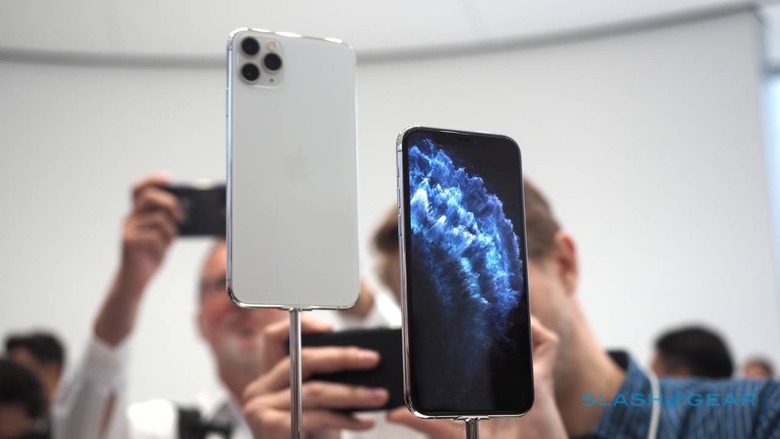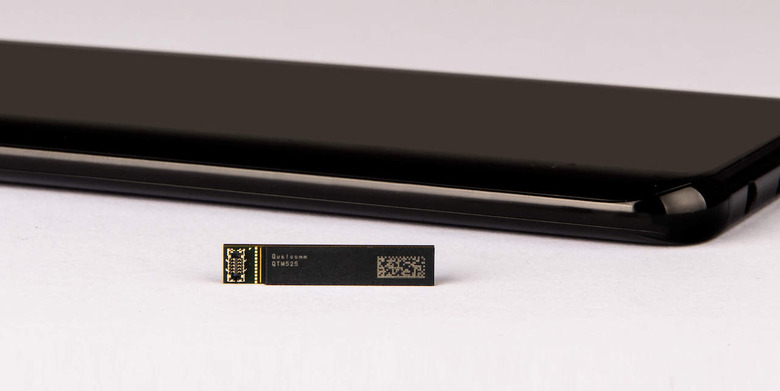iPhone 12 5G will be expensive - here's what Apple's apparently doing about it
Apple's challenge to include 5G in the iPhone 12 without making the upcoming smartphone cost-prohibitive has been detailed, with a new report calculating the numbers and detailing just what the Cupertino firm is believe to be doing to offset a bigger bill for components. As with any smartphone manufacturer, designing a new iPhone is a constant battle between including cutting-edge components and features, and making a device that isn't priced out of the realm of the target audience.
Over the past few years, Apple has been among those pushing the envelope on just what's deemed "acceptable" for a modern flagship phone. Its decision to price the iPhone X at $999 back in 2017, for example, is widely seen as the breakthrough moment where device-makers could be confident in having buyers for thousand-dollar devices. Since then, we've seen even more expensive handsets from most of the big phone-makers.
The reality, though, is that not all of the increased price tag is just extra profit. Components like advanced cameras, displays, and faster chipsets all add to the bill of materials (BoM) cost, as does the engineering involved in fitting them altogether. That's been particularly clear in 2020, with 5G fast becoming table-stakes for flagship phones.

Apple opted not to go with 5G in the iPhone 11 series last year, but is expected to feature it in the 2020 iPhone 12 range thanks to its friendlier relations with Qualcomm. For the US, in particular, that means accommodating not only Sub-6GHz but mmWave components, the latter of which are notorious for being more expensive (not to mention typically larger in physical size, even with the latest-gen antennas). Now, according to a research note by analyst Ming-Chi Kuo, MacRumors reports, we have an idea of just what that has done to the iPhone 12 BoM, and what Apple is trying to do to address it without sacrificing 5G.
Sub-6 5G is adding $75-85 in costs, Kuo estimates, while millimeter wave comes in at $125-135. That's a significant chunk of the overall budget: back at the launch of the iPhone 11 Pro Max, for example, the display was estimated to be costing around $66 while the A13 Bionic chipset was around $64. It's unclear if Apple will try to accommodate larger batteries in order to offset the greater power demands of 5G, in which case that will also likely add to the cost in the iPhone 12.

To offset that, Apple is apparently looking to different construction tech and squeezing its suppliers. One example of both angles coming together is the battery board, which is said to be switching to a simpler design using flexible PBCs rather than rigid-flex construction. That would make them easier to produce and thus lower the contribution to the BoM.
Obviously one component alone isn't going to move the needle dramatically, and Apple is believed to be applying pressure across the board with its suppliers to coax out every possible economy. For users, the expectation is that the visible change will be the external design, with the iPhone 12 believed to look back to the well-loved iPhone 4 aesthetic – crisp edges and all – for its inspiration. Inside, though, could actually be where the more dramatic changes have taken place.
Lead Image: iFixit
